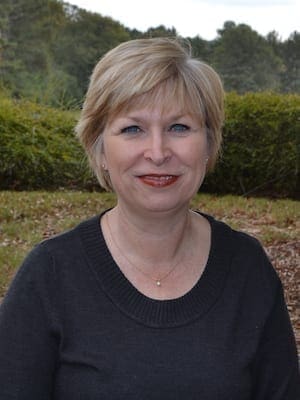In the 1950s, Pentecostalism emerged as one of the most visible and growing forms of Protestantism.
The beginning of the modern Pentecostal revival is generally traced to a prayer meeting led by Charles Parham. At the meeting on Jan. 1, 1901, at Bethel Bible College in Topeka, Kan., various phenomena occurred that came to characterize the movement.
The most significant of the phenomena was glossolalia, or speaking in tongues by those who have experienced baptism in the Holy Spirit. The syllables that were spoken or sung were often unintelligible, though some people claimed they spoke in recognizable foreign tongues as did the disciples of Jesus at the first Pentecost. This outpouring of the Holy Spirit in Topeka established the theological identity of the modern Pentecostal movement.
The Topeka revival spread rapidly to Missouri and Texas and then to California. In Los Angeles, a three-year revival meeting at Azusa Street Mission attracted believers from across the nation and overseas. From these revival meetings, the Pentecostal message spread around the world.
From 1901 until 1914, many established churches embraced the Pentecostal message. Adherents of Pentecostalism started other churches. It soon became necessary to unify the work of scattered churches and to deal with problems that had developed, including: the need to establish a formal process for recognizing ministers; the desire to support missionaries; the obligation to provide a full accounting of funds; the call for the establishment of doctrinal unity; and the urgency to produce gospel literature and a permanent Bible training school.
In April 1914, the first General Council was held in Hot Springs, Ark. Three hundred preachers and laypeople gathered from 20 states and several foreign countries. Most of the delegates had little desire to form a new denomination, but they wanted to unite the assemblies in ministry, give structure to this new organization and provide legal identity for the congregation, while allowing each congregation to be self-governing and self-supporting. The delegates voted to incorporate their group under the name, “The General Council of the Assemblies of God.”
In 1916, the General Council added a “Statement of Fundamental Truths” to its constitution. The statement contained 16 sections and remains virtually unchanged after 86 years. Sections included the inspiration of Scripture, the deity of Jesus, the fallenness of humanity, salvation through the shed blood of Jesus, baptism by immersion, the memorial understanding of the Lord’s Supper, the church’s mission to carry out the Great Commission, the need for sanctification of all believers, and the second coming of Christ.
Several doctrines unique to churches which embraced the Pentecostal movement were also included in the statement, including baptism in the Holy Ghost, the gift of speaking in tongues and divine healing.
With regard to baptism in the Holy Ghost, the statement teaches:
“All believers are entitled to and should ardently expect and earnestly seek the promise of the Father, the baptism in the Holy Ghost and fire, according to the command of our Lord Jesus Christ. … This experience is distinct from and subsequent to the experience of the new birth.”
The statement further asserts that the initial physical sign of the baptism of believers in the Holy Ghost is “the sign of speaking with other tongues as the Spirit of God gives utterance.”
With regard to divine healing, the statement concludes that “divine healing is an integral part of the gospel. Deliverance from sickness is provided for in the atonement, and is the privilege of all believers.”
Today, the Assemblies of God USA and the Assemblies of God organizations around the world have 38 million members and are the world’s largest Pentecostal denomination. In the United States, more than 2.5 million people worship in over 12,000 Assemblies of God churches.
American Assemblies’ ministers attend one of the denomination’s 20 Bible or liberal arts colleges or enroll in the denomination’s one seminary, the Assemblies of God Theological Seminary in Springfield, Mo.
Pam Durso serves as assistant professor of church history and Baptist heritage at Campbell University Divinity School in Buies Creek, N.C.

